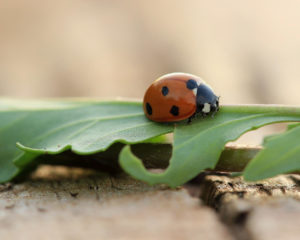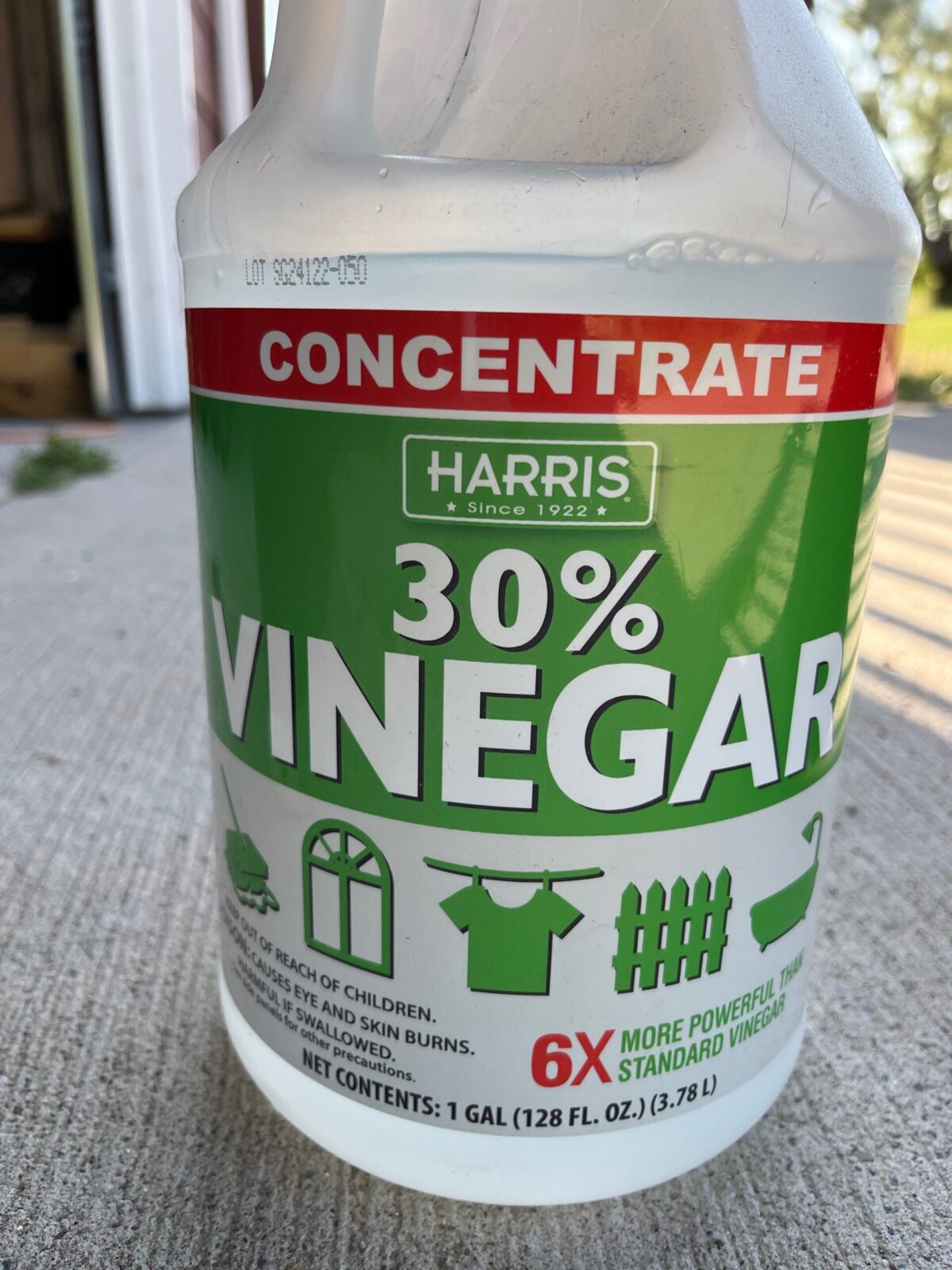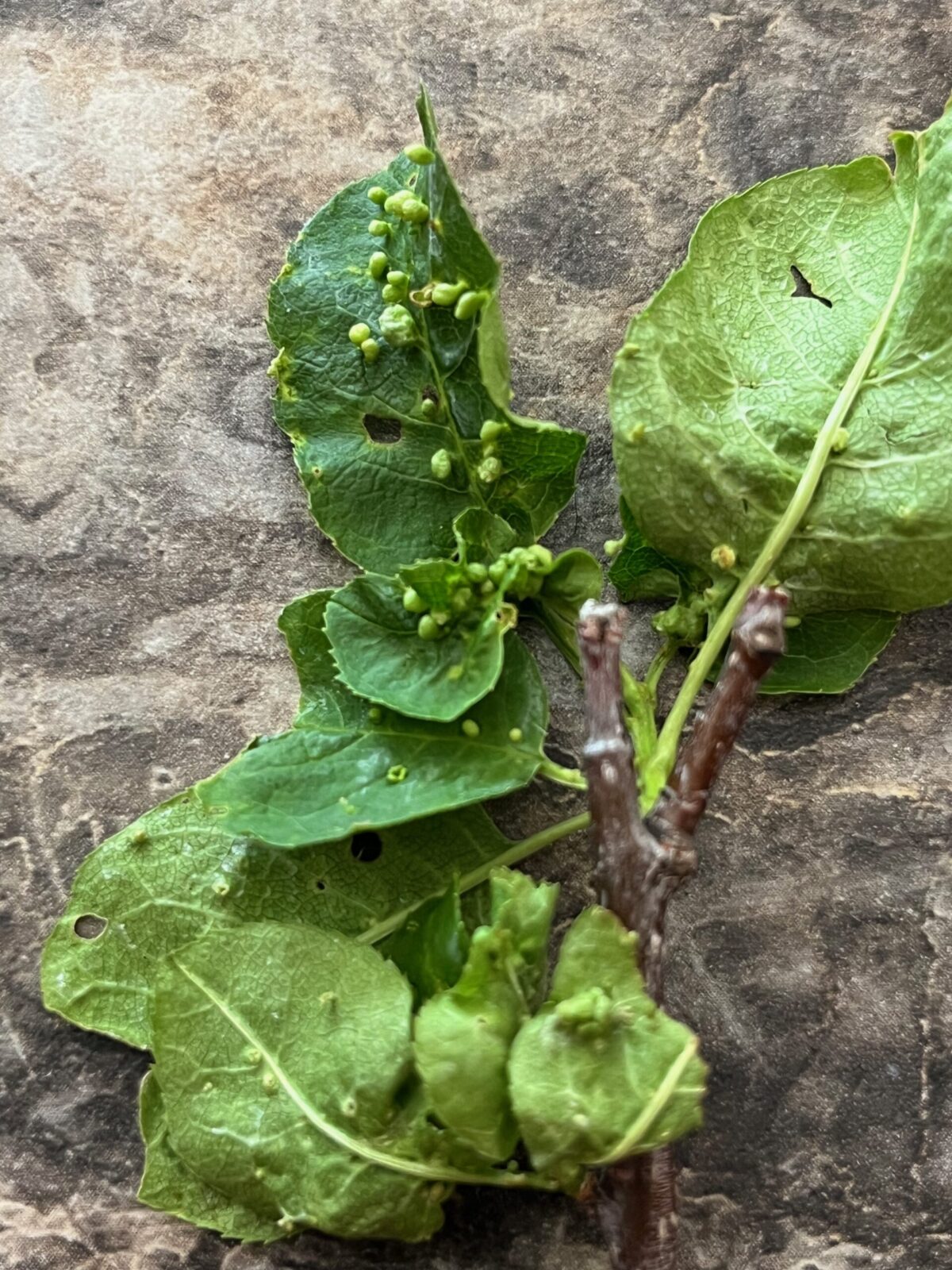Simple Organic Solutions for Common Pests
Views: 4671

I often tell people I lean towards organic pest control because I’m cheap. Those chemicals are expensive, and I’d much rather spend my money on something more fun.
There are plenty of remedies that are as close as your kitchen pantry. Here are a few of the most common concoctions to keep pests and a few pesky diseases at bay.
Aphids, mealy bugs, spider mites and other soft-bodied insects: Mix a tablespoon of canola (or any vegetable) oil, a couple drops of mild, non-phosphate soap (liquid Ivory does a great job) and a quart of water. Mix this together, and thoroughly douse your plants. Do this on a cloudy day, if at all possible, to prevent burning the foliage.
Slugs: Break out the brew. You dont need an expensive micro-brew to do a number on the slug population. Poor a little beer in lids or shallow dishes, and situate them at ground level to encourage slugs to sidle up to the bar. Be sure to check the traps every morning, and if your pet is acting a bit too happy, think about placing some sort of cage over it to allow the slugs to enter with Fido drinking the bait.
Cabbage worms: Blitz 3 cloves of garlic in a food processor and add to a quart of water. Allow it to soak overnight before straining out the garlic bits. Add a couple of teaspoons of vegetable oil and a few drops of liquid soap to the strained water before putting it in a spray bottle. Spritz your cabbage and other brassicas to deter the white moths from laying eggs in the leaves.
Organic Pest Solutions
Corn borers: Ive heard that placing corn oil on the corn silk will prevent corn borers from laying their eggs. I havent tried it, yet, but think I might give it a go this season to see if we can reduce the amount of protein in the corn.
Fungal diseases/black spot: Fungal spores can overwinter in the soil, so its important to eliminate any foliage that is infected. Keeping the leaves dry also helps minimize fungal problems, which is why many people prefer drip irrigation on plants susceptible to the problem. For fungal infection mix 2 tablespoons of baking soda in a quart of water. You can add a few drops of liquid soap to help it better adhere to the leaves. Spray the plant every few days until the fungus disappears.
Powdery mildew: I hate it when the leaves of my squash or cucumber plants look like theyve been dusted with talcum powder. Most of the time it doesnt progress enough to kill the plant, but if its bad you can mix equal parts of milk and water to spray on the plants.
Starting with simple remedies is a good first step when battling pests. If it works, youve saved a lot of money and harmful chemicals. If its a persistent problem you can always go to that next step, but if vegetable oil does the trick so much the better.
Meet Amy Grisak
Amy is a freelance author and photographer in Great Falls, MT who specializes in gardening, foods, and sustainable agriculture. She provides information on every kind…
Amy's Recent Posts

Grab Vinegar to Eliminate Weeds








